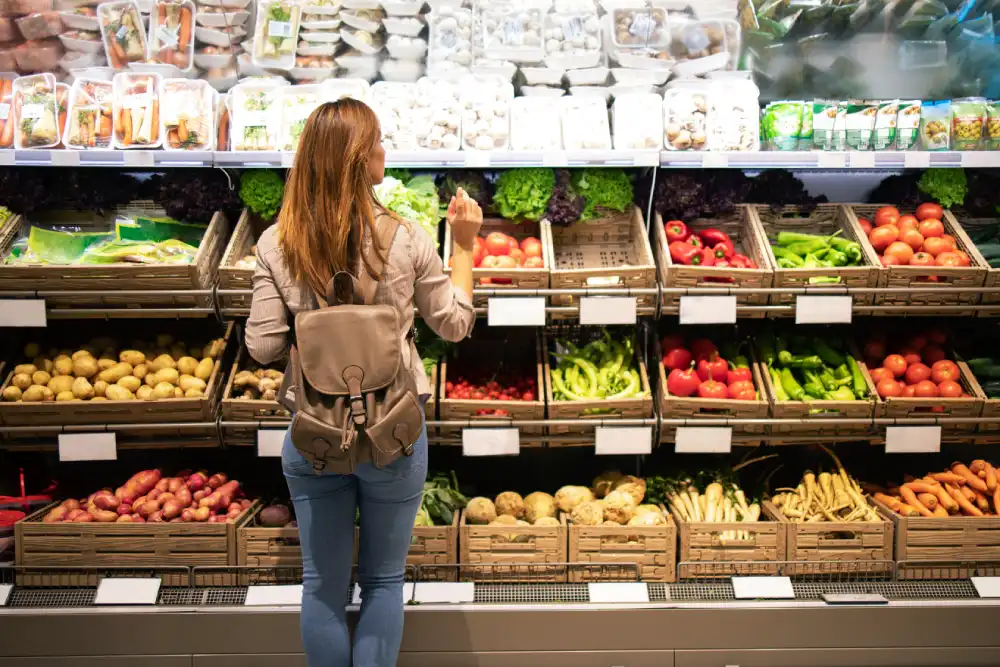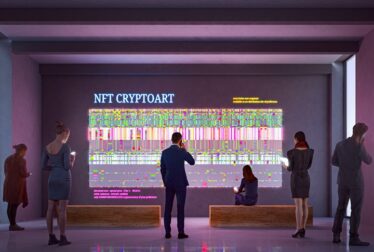Inflation is the general and lasting increase in the prices of goods and services. It has an impact on the purchasing power of consumers, who may see their purchasing power decrease if wages do not follow this price increase. In France, the rise in prices over the year 2022 should be 5.9%, then another 5.7% over the year in 2023 according to OECD estimates.
In this period of inflation, companies will have to exploit various marketing levers to cope with rising prices, and offer a better offer than the competition. Paradoxically, it is not always the premium brands that will have to make the most effort: in fact, the brands positioned on the entry-level are all the more affected as their regular consumers are price-sensitive.
Loyalty programs are one of the most easily activated levers for this.
1. How can loyalty programs be a marketing lever in the face of price inflation?
Loyalty programs aim to entice consumers to buy from a company by offering them benefits such as gifts, loyalty points, included services or partner benefits in exchange for their loyalty.
They are all the more relevant in this context as they allow companies to focus their marketing investments on the best customers, loyal customers.
Different transactional loyalty best practices can be used, and retail brands provide good examples.
Loyalty points
Reward each purchase with points that the consumer can accumulate. These points can be used to get gifts, order additional products, or get an upgrade
With the relational marketing agency Dékuple, the Laiteries H. Triballat group has created a loyalty program for its stores: Terroirs Réunis. This allows all buyers to accumulate points at each checkout. With 70 points accumulated, the customer obtains as a reward a promo code to be used over a period of 2 months, to choose a product offered in a selection of local products in store.
Discounts reserved for registered customers with the loyalty card
This is the choice made by the Lidl brand, with its “Coup de Pouce” marketing operation. In this loyalty program, customers benefit from a 5% discount on their purchases, once a month.
The cashback
This type of loyalty technique consists of rewarding customers by offering to reimburse part of their purchases.
E. Lerclerc is a perfect example of this with the “Anti-inflation shield” program. The principle is simple: for 230 everyday products, when the prices of these products increase, the consumer is automatically reimbursed for the amount of the increase, in the form of E.Leclerc Tickets or in credits on the loyalty card. This system bears witness to the brand’s very clear commitment to defending purchasing power in France.
2. Offering services and benefits around the purchase, increases the “value for money”
To get out of a purely transactional logic and enhance services, brands can exploit other means of customer loyalty.
Tiers programs
In this type of relational programs, the loyal customer progresses from level to level, to obtain increasingly strong discounts or rewards or included services of increasing value.
The Starbucks loyalty program combines both loyalty points (“stars”) and status. With Gold status, customers benefit from free extra shots as well as a free drink on their birthday.
Paid programs with economic advantages
The BUT Card is an example of this type of loyalty marketing program, for a retail brand, with economic advantages, directly linked to the notion of purchasing power.
- payment in installments
- 2% jackpot of the amounts paid with each purchase
- annual gift voucher
- transport solution offered (2 hours by van)
- discount on delivery prices
3. Offering good deals also helps to support purchasing power, while getting out of the purely transactional logic
As part of a relational program, brands can also offer their customers advantages or good deals with partners. These partners and offers are to be selected for their consistency with the universe of the brand and its targets.
For example, the VYY group gives members of its mutual insurance companies access to a website of exclusive advantages negotiated with partners at national and local level (in particular thanks to the networks of partners of the local sections of the mutual insurance companies). These are offers of leisure, culture, sport, experiences, consistent with the positioning of the mutuals. This platform is designed with the Leoo solution, from Dékuple.
4. Distribute gift codes to boost purchasing power
Some brands choose to offer gift codes, in order to play in the field of emotional marketing.
Thus, AXA launched the ReBons loyalty offer in 2020: a system of €20 vouchers distributed by general agents to their customers, and to be redeemed at local merchants (themselves customers of local agencies ). A doubly virtuous loyalty system, which gives a boost to customers’ purchasing power, while supporting the local economy and local ties!
Gift codes are a simple way to build customer loyalty, while controlling the endowment budget (the “generosity” budget), and playing the emotional marketing card. These gift vouchers can be distributed to customers in store, during a visit, during a purchase or during a game.
The Codes for Gifts loyalty solution from the Dékuple agency makes it possible to quickly set up marketing operations with gift codes offered to customers. These codes are then used to choose an experience from a catalog in the colors of the brand, with a selection of tailor-made offers, for a highlight or a particular theme. With thousands of local experiences (well-being, culture, sport, etc.) and online experiences, there is plenty to do! To discover this solution or request a demo, it’s here…
In conclusion, loyalty programs, by enhancing customer data and loyalty status, can boost purchasing power.
In times of inflation, the purchasing power of consumers and customers is reduced. The usual promotional levers are not always enough to compensate for this price increase from the user’s point of view. To offer additional generosity and counter and reduce this impact, brands can set up a loyalty program. The latter makes it possible on the one hand to increase generosity per customer by directing it towards loyal customers, and on the other hand, by enhancing customer data, which is a real asset for brands. In particular, for distribution brands in France, they highlight loyalty cards because this is their main means of capturing data on the customer.
Learn more about our expertise in loyalty marketing



